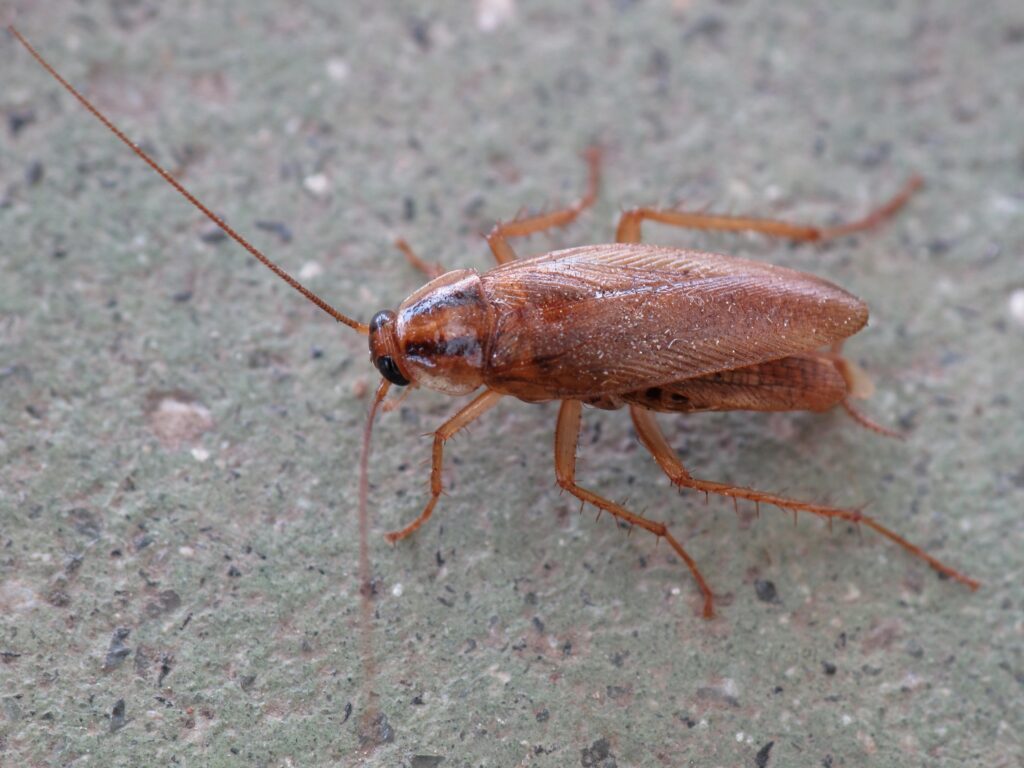You might think cockroaches are just gross pests that scurry across your kitchen floor in the dead of night, but these resilient insects harbor a darker secret that could be silently attacking your respiratory system. While most people focus on obvious allergens like pollen or pet dander, millions of Americans are unknowingly breathing in microscopic particles from cockroaches that trigger severe asthma attacks and respiratory distress. The reality is shocking: cockroach allergens are now considered one of the most potent indoor asthma triggers, especially in urban environments where these insects thrive in apartment buildings, schools, and homes.
The Science Behind Cockroach Allergens

Cockroach allergens aren’t just found in the living insects themselves – they’re actually proteins that come from cockroach saliva, feces, shed skin, and decomposing body parts. These microscopic particles become airborne and can remain suspended in indoor air for hours, making them incredibly easy to inhale without even realizing it. The main culprits are proteins called Bla g 1 and Bla g 2, which are produced by the German cockroach, the most common species found in homes.
What makes these allergens particularly dangerous is their persistence and concentration in indoor environments. Unlike outdoor allergens that get diluted by wind and weather, cockroach allergens accumulate in closed spaces, creating a toxic soup of respiratory irritants. Research shows that these proteins can trigger immune system responses in sensitive individuals, causing the airways to become inflamed and constricted.
How Cockroach Exposure Triggers Asthma Attacks
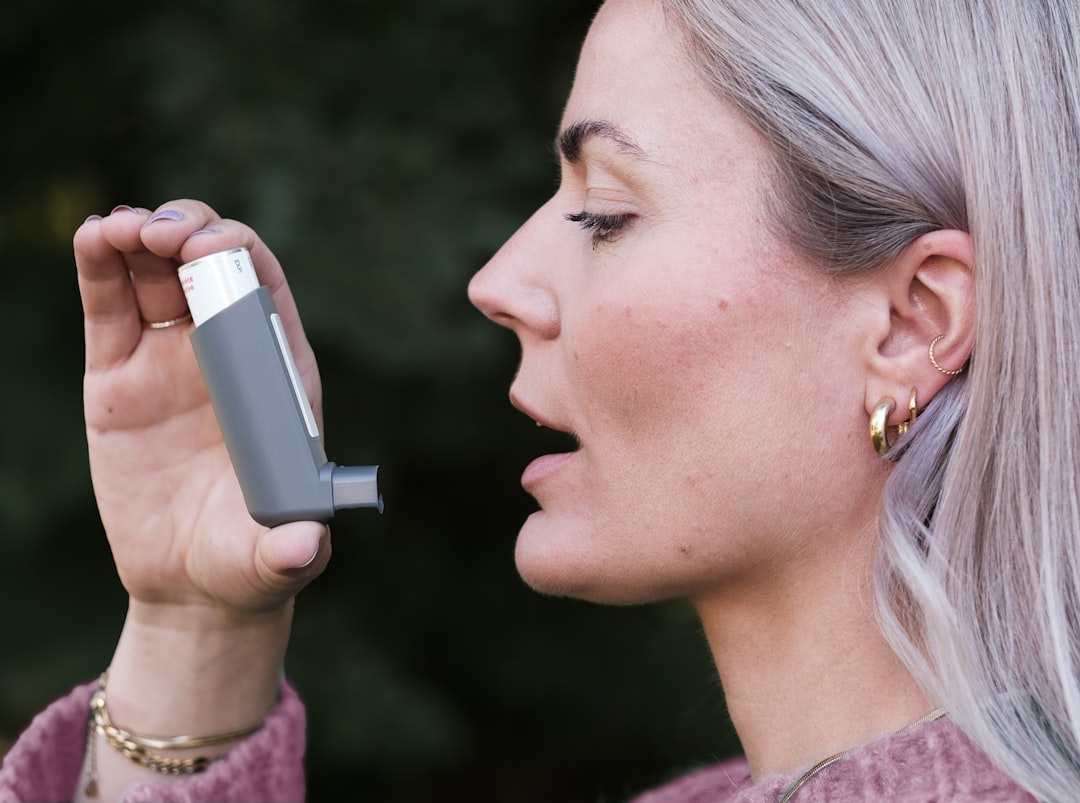
When someone with cockroach sensitivity breathes in these allergens, their immune system goes into overdrive, treating the proteins as dangerous invaders. This triggers the release of histamine and other inflammatory chemicals that cause the classic symptoms of an asthma attack: wheezing, coughing, chest tightness, and difficulty breathing. The reaction can happen within minutes of exposure or be delayed for several hours, making it difficult to identify the trigger.
The inflammatory response doesn’t stop there – repeated exposure to cockroach allergens can lead to chronic inflammation of the airways, making them hyperreactive to other triggers as well. This creates a vicious cycle where the lungs become increasingly sensitive to various environmental irritants, from cigarette smoke to cleaning products.
Urban Children: The Most Vulnerable Population
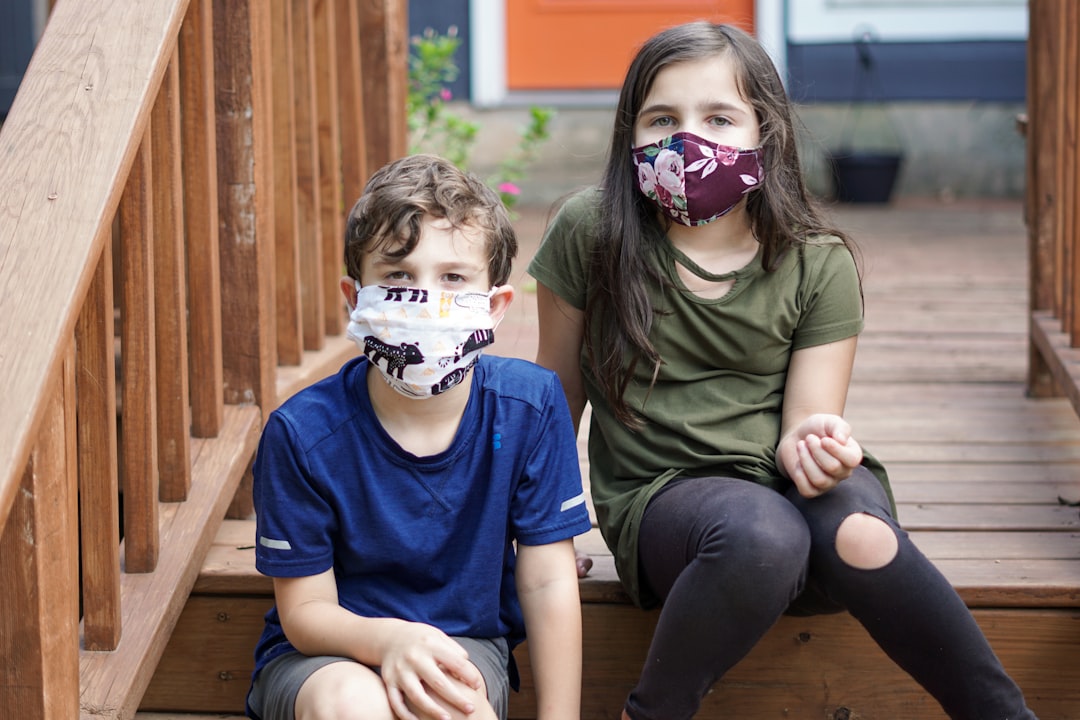
Children living in inner-city environments face the highest risk of cockroach allergen exposure, and the statistics are truly alarming. Studies reveal that up to 78% of urban children with asthma are sensitive to cockroach allergens, compared to just 28% of suburban children. This disparity reflects the harsh reality of housing conditions in many urban areas, where older buildings, crowded living spaces, and limited resources create perfect breeding grounds for cockroaches.
The impact on children’s health is devastating – kids exposed to high levels of cockroach allergens experience more frequent asthma attacks, require more emergency room visits, and miss significantly more school days than their peers. The developing immune systems of children make them particularly susceptible to becoming sensitized to these allergens, potentially setting them up for a lifetime of respiratory problems.
The Hidden Presence in Schools and Public Buildings
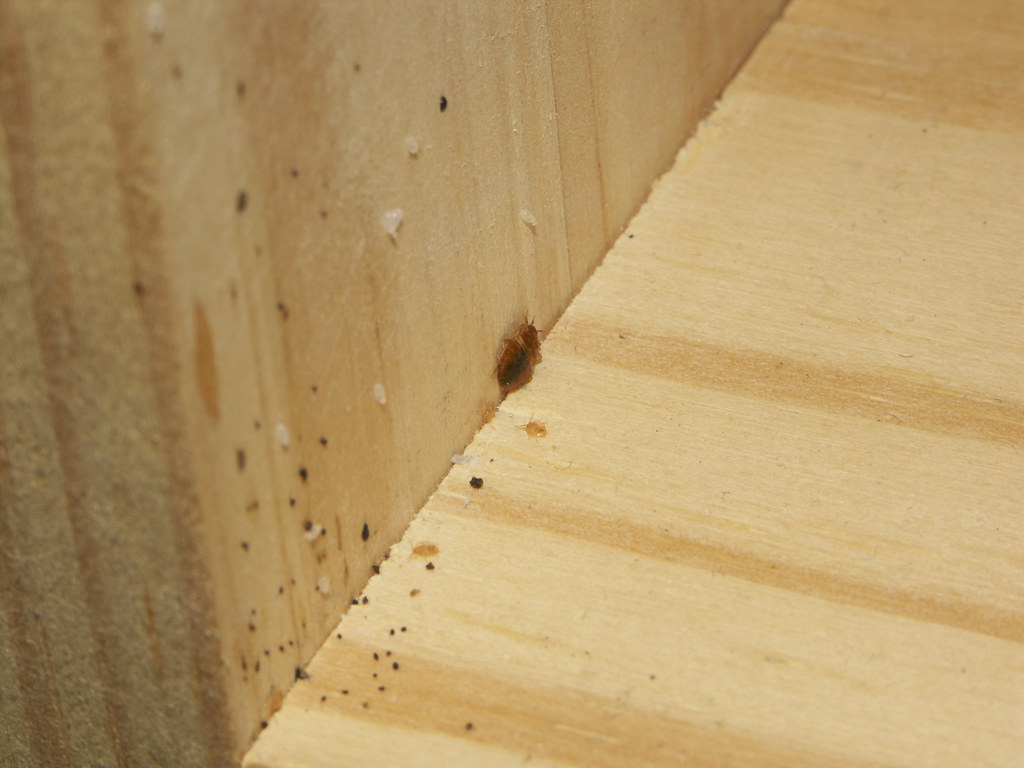
Schools, particularly those in urban districts, often harbor substantial cockroach populations that most people never see. These insects are masters of hiding, emerging primarily at night when buildings are empty, but their allergens remain active during school hours. Classrooms, cafeterias, and libraries can contain dangerous levels of cockroach allergens that affect students’ ability to concentrate and learn.
Public buildings like hospitals, daycare centers, and senior living facilities also struggle with cockroach allergen contamination. The irony is heartbreaking – places designed to promote health and wellbeing can actually be making respiratory conditions worse for vulnerable populations who spend significant time in these environments.
Identifying Cockroach Allergen Symptoms

Recognizing cockroach allergen sensitivity can be tricky because symptoms often mimic other respiratory conditions. Beyond the obvious asthma symptoms, people may experience chronic coughing, especially at night, frequent respiratory infections, and persistent nasal congestion. Some individuals develop skin reactions, including eczema and hives, when exposed to high concentrations of cockroach allergens.
The timing of symptoms can provide important clues – if respiratory problems worsen during certain seasons or in specific indoor environments, cockroach allergens might be the culprit. Many people notice their symptoms are worse in the morning after spending the night in a contaminated bedroom, or during humid weather when allergen levels tend to spike.
Testing and Diagnosis Methods
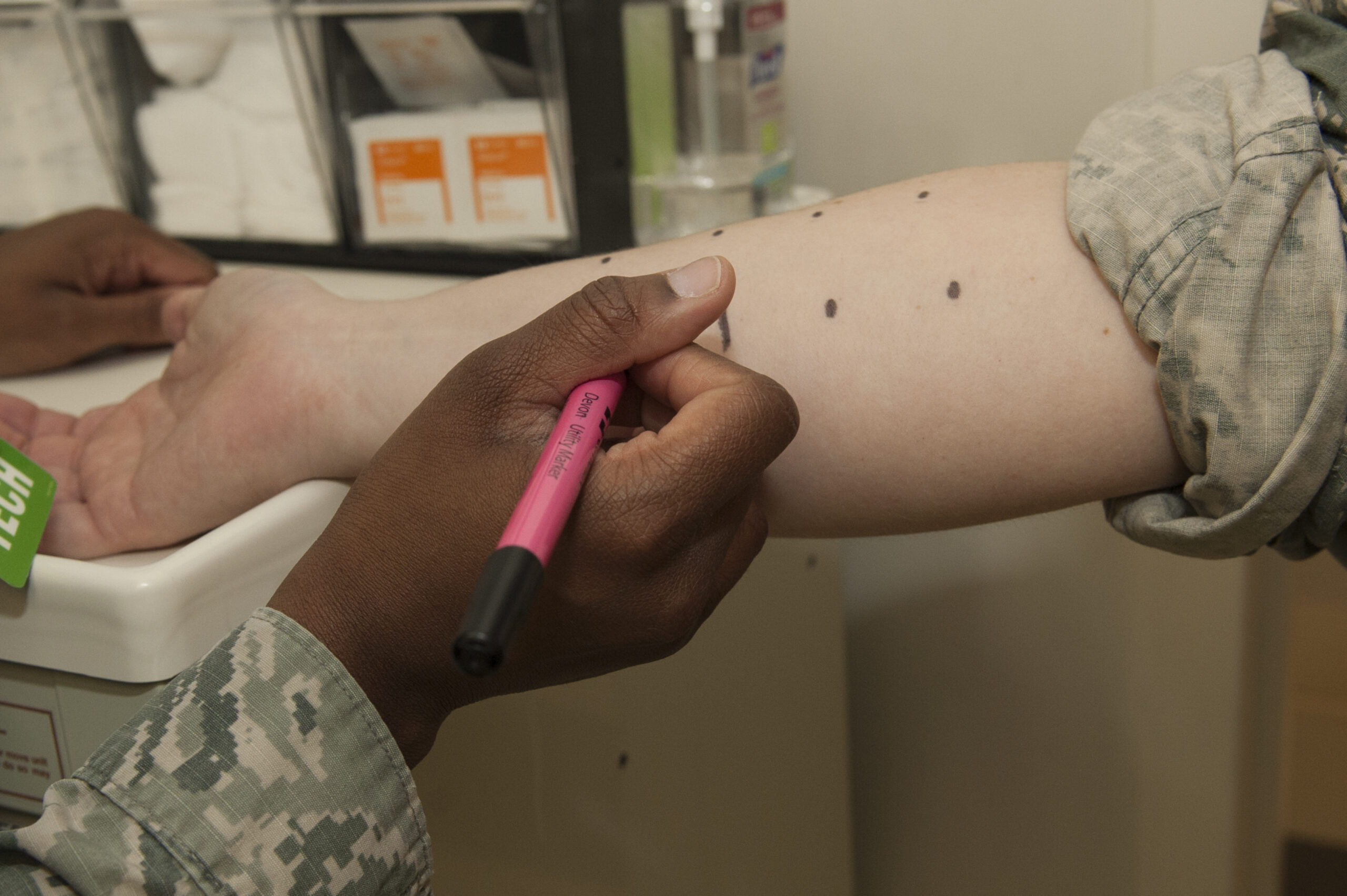
Medical professionals use several methods to determine cockroach allergen sensitivity, with skin prick tests being the most common approach. During this test, small amounts of cockroach allergen extract are placed on the skin and observed for reactions, which typically appear as raised, red bumps within 15-20 minutes. Blood tests measuring specific IgE antibodies to cockroach proteins provide another diagnostic option, particularly for patients who can’t undergo skin testing.
Environmental testing can also play a crucial role in diagnosis and management. Dust samples from homes can be analyzed for cockroach allergen levels, helping to identify problem areas and guide treatment strategies. These tests are especially valuable for confirming suspected exposure sources and monitoring the effectiveness of control measures.
The Connection Between Poverty and Cockroach Allergen Exposure
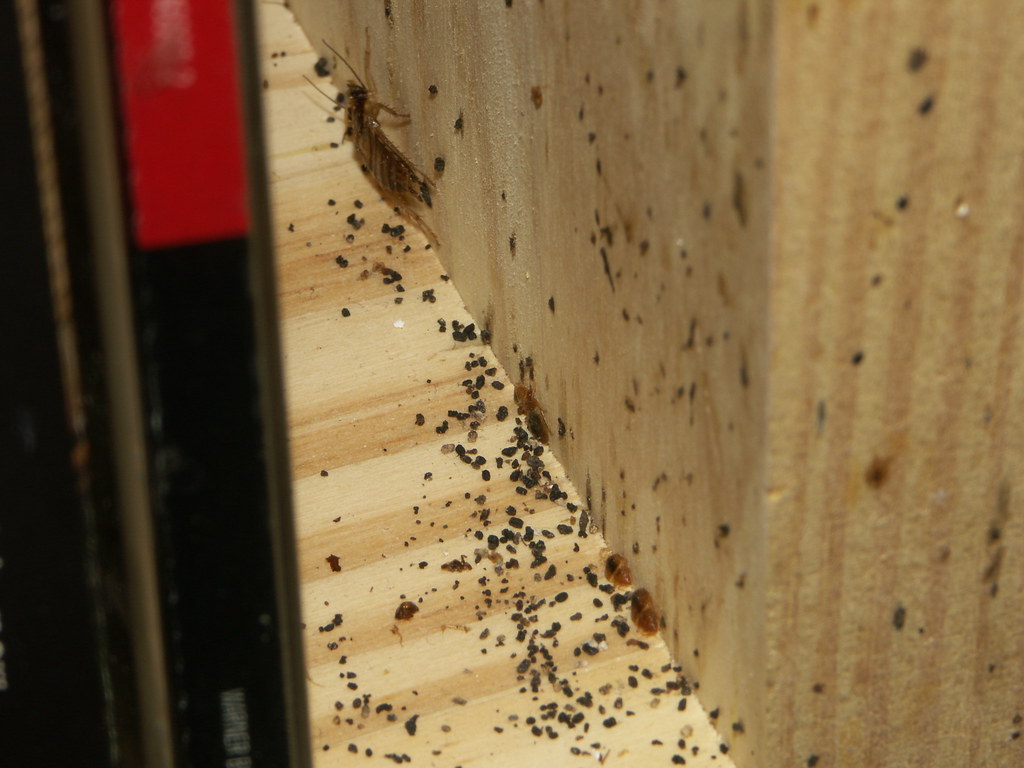
There’s an undeniable link between socioeconomic status and cockroach allergen exposure that highlights broader health equity issues. Low-income families often live in older housing with structural problems like cracks, holes, and poor sanitation that create ideal conditions for cockroach infestations. Limited financial resources make it difficult to address these problems or move to healthier environments.
The healthcare implications are staggering – families dealing with cockroach allergen-triggered asthma face higher medical costs, lost work days, and reduced quality of life. This creates a cycle where health problems contribute to financial stress, which in turn makes it harder to address the underlying environmental causes of the health issues.
Professional Pest Control vs. DIY Solutions
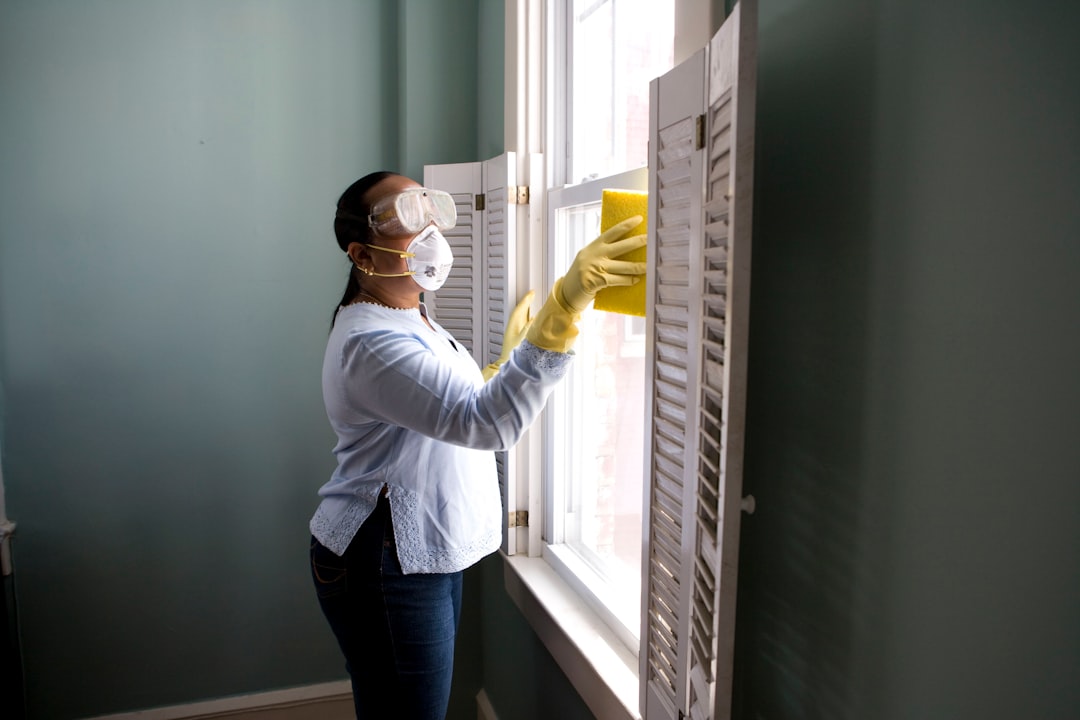
While professional pest control services offer the most effective approach to eliminating cockroach populations, many families resort to DIY methods due to cost constraints. However, some common approaches can actually make allergen problems worse – using sprays and foggers can disturb cockroach hiding places and spread allergens throughout the home. Professional treatments focus on targeted elimination and long-term prevention strategies.
The key difference lies in understanding cockroach behavior and biology. Professional exterminators know where these insects hide, breed, and feed, allowing them to deploy targeted treatments that eliminate populations without spreading allergens. They also provide valuable advice on structural repairs and sanitation practices that prevent future infestations.
Environmental Modifications That Actually Work
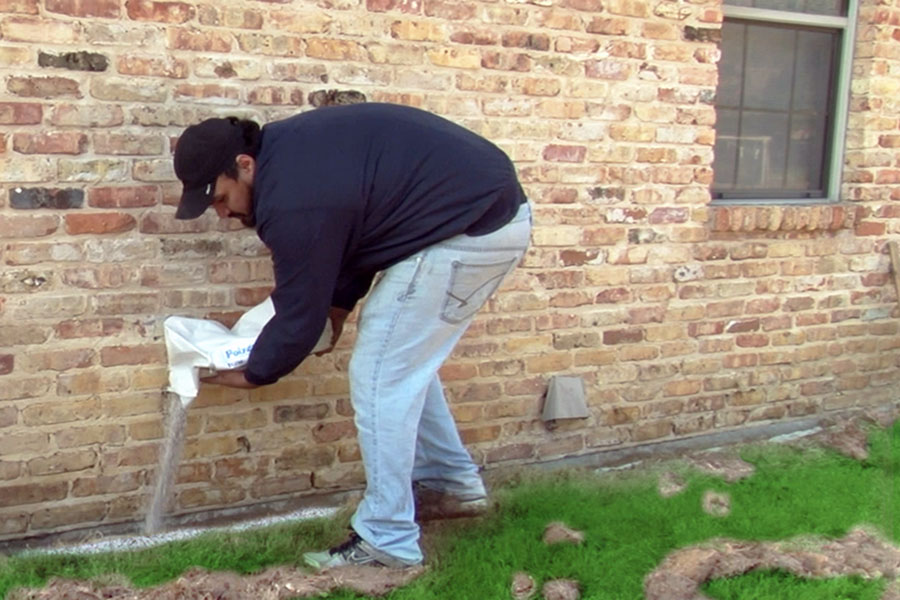
Effective cockroach allergen control requires a comprehensive approach that goes beyond just killing visible insects. Sealing cracks and crevices with caulk or steel wool eliminates hiding places and travel routes that cockroaches use to move through buildings. Installing door sweeps and weatherstripping prevents outdoor populations from entering homes, while fixing leaky pipes and improving ventilation reduces the moisture that attracts these pests.
Food storage practices play a crucial role in prevention – keeping all food in sealed containers, cleaning up crumbs immediately, and storing pet food properly removes the resources that sustain cockroach populations. Regular vacuuming with HEPA filters can help remove allergens from carpets and upholstery, though it’s important to dispose of vacuum bags properly to prevent re-contamination.
The Role of Housing Policy in Public Health

Addressing cockroach allergen exposure requires systemic changes in housing policy and building maintenance standards. Some cities have implemented integrated pest management programs in public housing that combine professional treatment with tenant education and building improvements. These comprehensive approaches have shown remarkable success in reducing both cockroach populations and asthma-related health problems.
Legal protections for tenants dealing with pest problems vary widely by location, but some jurisdictions now recognize pest infestations as habitability issues that landlords must address. This legal framework provides important leverage for families trying to force necessary repairs and pest control measures in rental properties.
Medical Treatment Options for Cockroach Allergen Sensitivity

Treatment for cockroach allergen-induced asthma typically involves a combination of medications and environmental control measures. Long-term controller medications like inhaled corticosteroids help reduce airway inflammation, while quick-relief medications provide immediate symptom relief during acute attacks. Allergy medications such as antihistamines and nasal corticosteroids can help manage the allergic component of the condition.
Immunotherapy, commonly known as allergy shots, represents a promising treatment option for people with severe cockroach allergen sensitivity. This treatment involves gradually exposing patients to increasing amounts of cockroach allergen extract, helping their immune system develop tolerance over time. While not suitable for everyone, immunotherapy can significantly reduce symptoms and medication requirements for appropriate candidates.
The Psychological Impact of Living with Cockroach Allergens

Beyond the physical health effects, cockroach allergen exposure takes a significant psychological toll on affected individuals and families. The constant worry about asthma attacks, sleep disruption from nighttime symptoms, and social stigma associated with pest infestations can lead to anxiety and depression. Children may develop school avoidance behaviors or social isolation due to their symptoms or embarrassment about their living conditions.
The unpredictability of allergen exposure adds another layer of stress – families never know when symptoms might flare up, making it difficult to plan activities or maintain normal routines. This uncertainty can be particularly challenging for parents trying to protect their children while dealing with limited resources and housing options.
Future Research and Emerging Solutions

Scientists are exploring innovative approaches to cockroach allergen management, including genetic modifications that could reduce allergen production in cockroach populations. Research into new treatment methods, such as sublingual immunotherapy and novel medications, offers hope for more effective and accessible treatment options. Environmental monitoring technologies are also advancing, with new tools that can provide real-time measurements of allergen levels in indoor environments.
Public health initiatives are beginning to recognize cockroach allergen exposure as a significant environmental health issue worthy of targeted intervention. Some communities are piloting comprehensive programs that combine housing improvements, pest control services, and medical care to address this problem holistically.
Building Community Awareness and Action

Creating lasting change requires community-wide awareness and action around cockroach allergen issues. Educational programs in schools, healthcare facilities, and community centers can help people recognize the connection between pest problems and respiratory health. Tenant organizing and advocacy efforts have successfully pushed for better pest control policies and building maintenance standards in many cities.
Healthcare providers play a crucial role in identifying and addressing cockroach allergen exposure, but many lack training in environmental health assessment. Improving medical education around environmental triggers and connecting patients with appropriate resources represents an important opportunity for intervention.
Conclusion
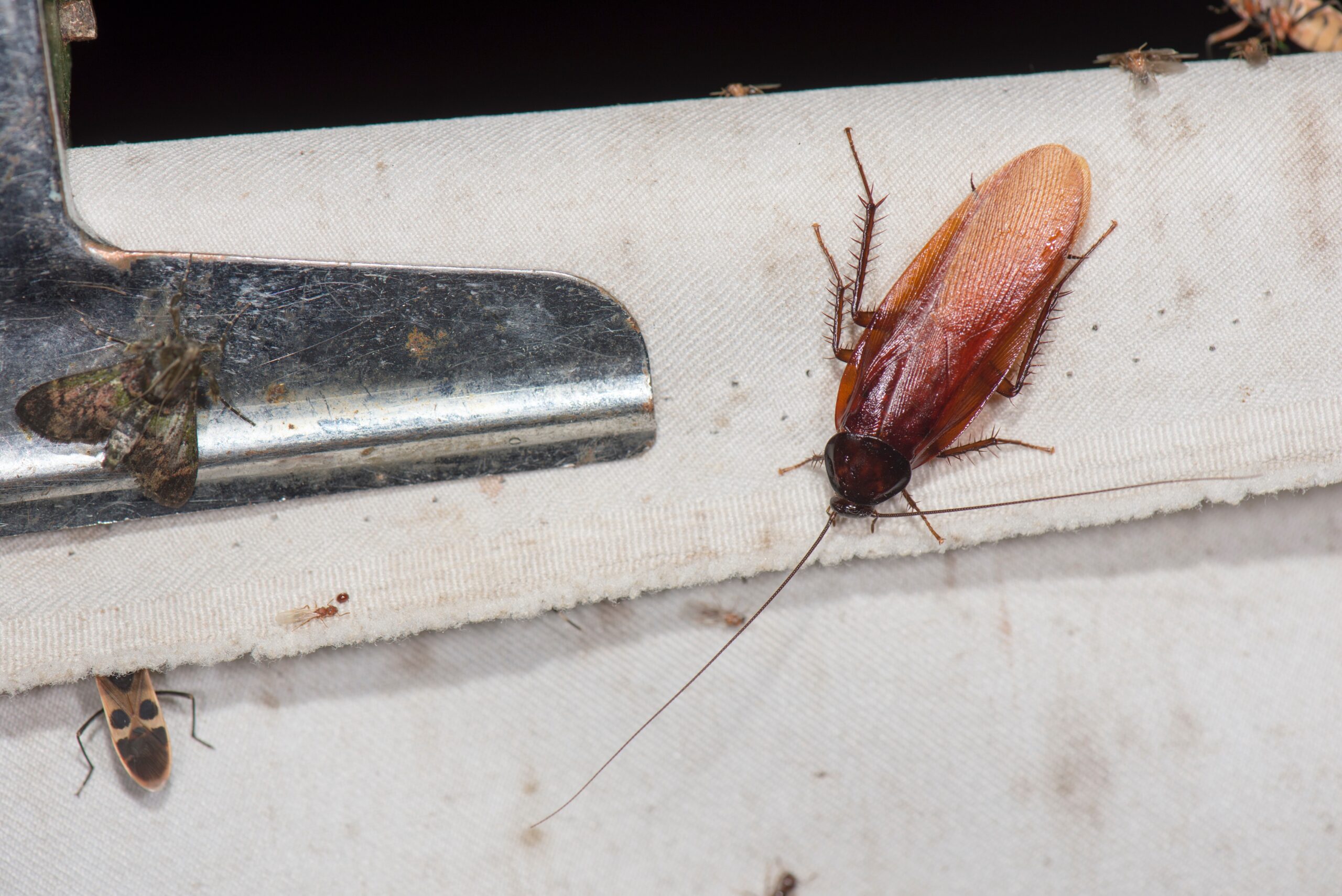
The hidden threat of cockroach allergens represents one of the most significant environmental health challenges facing urban communities today. These microscopic proteins silently trigger asthma attacks and respiratory distress in millions of people, particularly affecting children and low-income families who have limited resources to address the problem. The intersection of housing conditions, poverty, and health outcomes creates a complex web of challenges that require comprehensive solutions involving pest control, medical treatment, policy changes, and community action.
Understanding the science behind cockroach allergens empowers individuals and families to recognize symptoms, seek appropriate treatment, and take effective prevention measures. However, lasting solutions require systemic changes in housing policy, healthcare delivery, and environmental health approaches that address the root causes of exposure rather than just treating the symptoms.
The fight against cockroach allergens isn’t just about pest control – it’s about creating healthier communities where everyone has access to safe, allergen-free indoor environments. Every child deserves to breathe easily in their home and classroom, free from the hidden dangers that lurk in the shadows of our buildings. What steps will you take to protect your family and community from these invisible threats?

